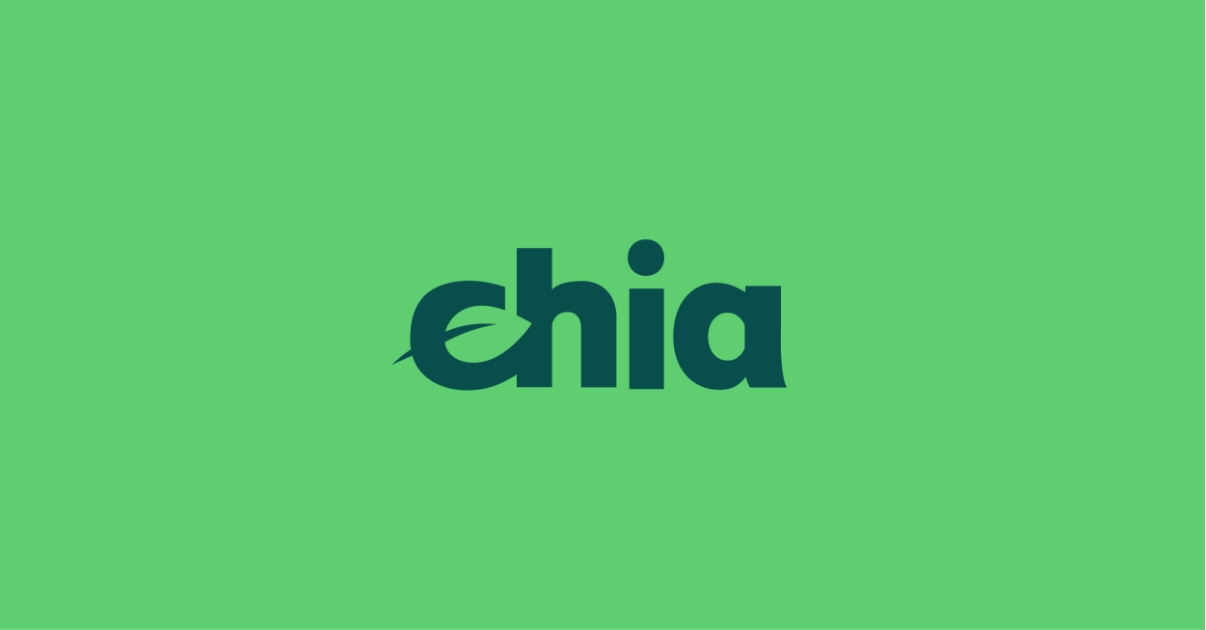Hello, everyone! I’m yakuhito, and I’m super excited to be delivering the latest update on the upcoming Chia bridge.
During Chia In China’s Chia Dragon 2024 AMA, Gene revealed that I had been working on a Chia bridge. I have been developing the bridge since earlier this year, with the help of amazing people such as Acevail and the support of the Chia Network Inc. (CNI) team. I’m really proud of the result so far! As the lead validator, my primary job is to ensure that everything runs smoothly, both before and after launch.
Background
In crypto, bridges are usually used to “transfer” tokens from one blockchain to another. I’m using quotes because it’s not really a transfer – in reality, tokens get locked in a contract on the source blockchain, and equivalent (wrapped) tokens are created on the destination blockchain. You get the original tokens by ‘bridging’ them back – burning the wrapped tokens to retrieve previously locked ones on the other blockchain.
This, however, introduces a problem: currently, blockchains don’t communicate with each other. You need a trusted party to relay deposits and withdrawals. This is the way bridges work today, and it means that, aside from trusting the contracts, you’re also relying on trusted parties to be online (so they attest transactions) while keeping their keys secure.
This brings us to the Chia bridge. In its current state, it can connect the Chia blockchain with chosen EVM-compatible blockchains, with the possibility of expanding it to new networks later. Because of operational and technical considerations, what I refer to as the ‘bridge’ can’t just be a multisig – it’s actually made up of two components.
First, there’s what we call the portal. It connects blockchains by enabling puzzles and contracts to send messages to one another. It relies on a set of validators that pick up messages and attest that they’re authentic. The portal enables any application to send data from one supported blockchain to another. This part allows any application to become multi-chain by adding the portal as a trusted oracle for cross-chain messages.
Then, there’s the bridge. It’s a set of contracts and puzzles that use the portal to allow users to wrap (and unwrap) Ethereum tokens on the Chia blockchain. The code is non-upgradeable and immutable. It’s one application that can run on top of the portal.
The code for the bridge can be found here – it’s open-source under the MIT License. While still under heavy development, the frontend code is also available here. I’m very excited about the frontend code, as it builds the transactions required for bridging (which are quite complex) entirely in the browser.
Validator Selection
Over the past week, I’ve successfully transferred tokens from Sepolia, one of Ethereum’s testnets, to Chia’s testnet11. The bridge is officially in the last development phase when many things will happen in parallel. First, contracts and puzzles will be audited – security should always be a priority in the blockchain world. Second, we’ll work on the frontend to make sure your experience is as good as it can get. Third, validators for the protocol will be selected.
Validators are an essential part of any bridging/cross-chain messaging protocol. Users rely on them to certify the correct messages, as well as keep an impeccable security posture. We’re taking the selection process extremely seriously.
More details about what validators are expected to do and instructions on how to apply can be found in this document. Registrations open today and close on Friday, March 8th, at 9:00 am CET.
The whole validator selection process is controlled by a selection committee formed by yakuhito (that’s me!), Acevail from MintGarden.io, and dns from dexie.space, with recommendations from CNI. To apply, candidates first have to complete a form. We’ll use the responses to select finalists who will be given a short interview. After that, the selection committee will choose the final set of validators for the bridge. CNI will not serve as a validator at this time.
Well, that’s it! To recap, the main bridge repository is now public. People wanting to become validators must complete the form in this document by Friday, March 8th, 9:00 am CET (8:00 AM UTC). Now that the cat is out of the bag feel free to reach out to me on Twitter with questions and ideas about the Chia Bridge!
— yakuhito, over.




